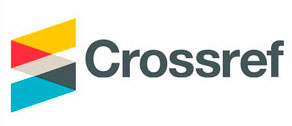The introduction of technologies of integration and differentiation in modern lessons of maths in primary school.
Abstract
The article reveals the essence of the integration
process, gives a description of the types, forms,
methods and means of integrated education in the
primary classes of the New Ukrainian School. It
considers the integration of the multicomponent
content of primary education, the essence of which
allows the child to perceive objects and
phenomena in a holistic, versatile, systemic and
emotional ways. The importance and main aspects
of the integration of the teaching material in the
primary school are discussed. The article proves
the effectiveness of the integrated lesson
implementation in the mathematics for primary
school students.
Integration of education is a requirement of time,
including creativity, originality and teaching art.
The integrated lesson stimulates cognitive
autonomy, creative activity and students’ initiative,
such kind of lesson gives the opportunity to bring
children to the conscious and emotionally
experienced need to reflect and express their
thoughts.
Integrated lessons develop students’ thinking and
speech, their attention, memory, observation,
intelligence, initiative, independence,
perseverance, diligence, responsiveness, attentive
attitude to each other and many other positive
personal traits that are very essential.
The article proves that the integrated teaching
approach contributes to the social and cognitive
experience expansion of students, including the
teacher's specific educational tasks, the intensive
development of junior schoolchildren; the
formation of interest through the events and
phenomena of reality, the individual education, the
general educational skills of children and their
development.
Integration is one of the most promising
innovations that can solve numerous problems in
the modern primary education system.




